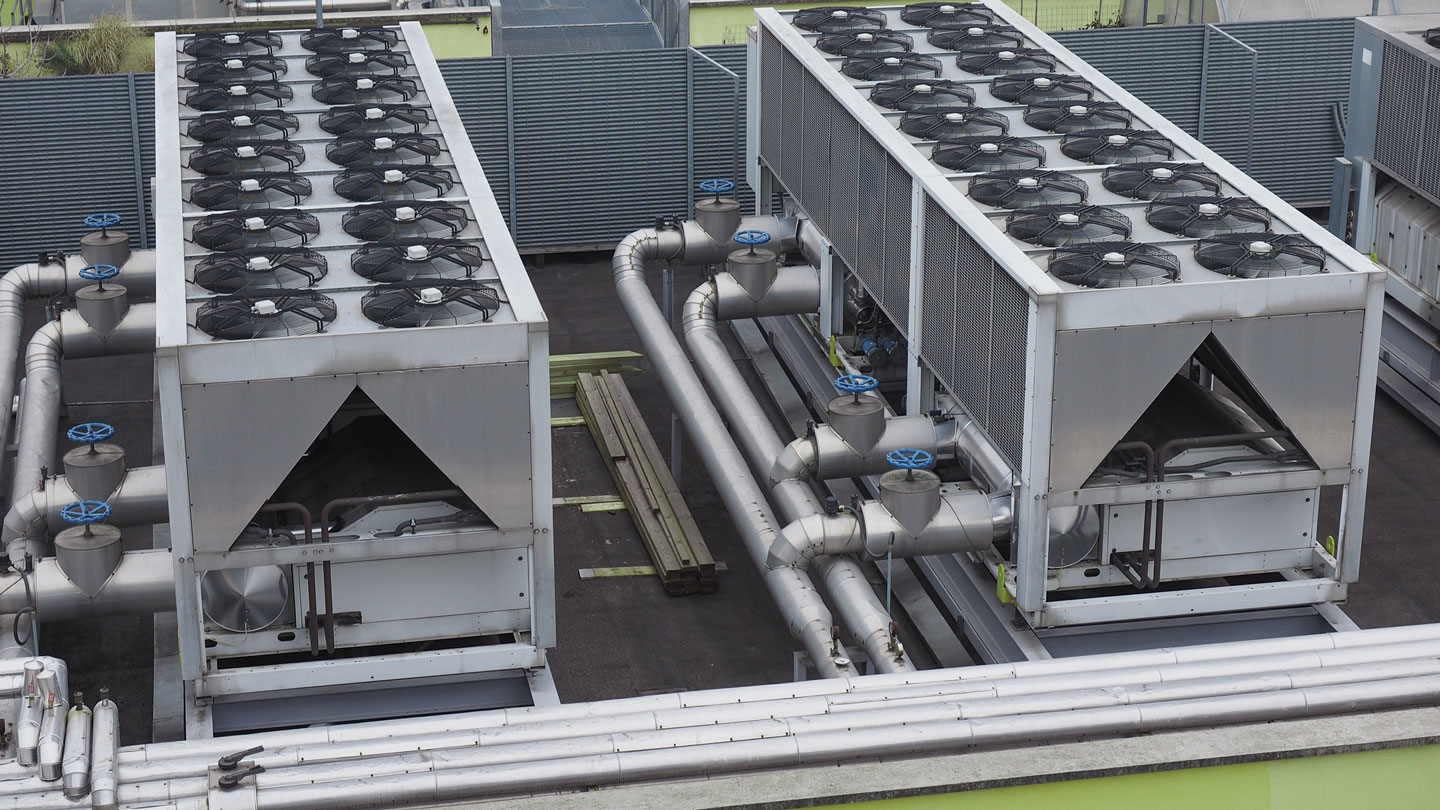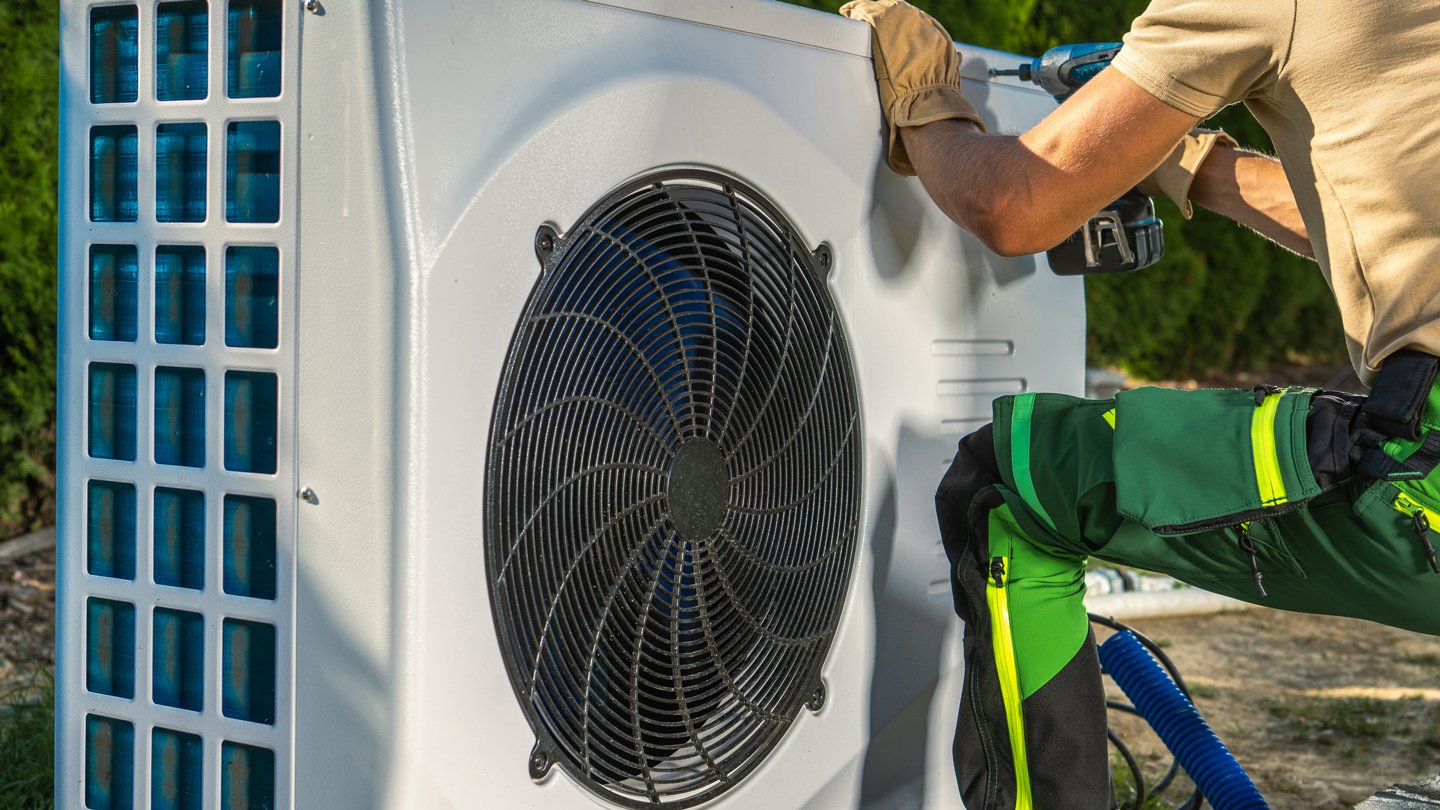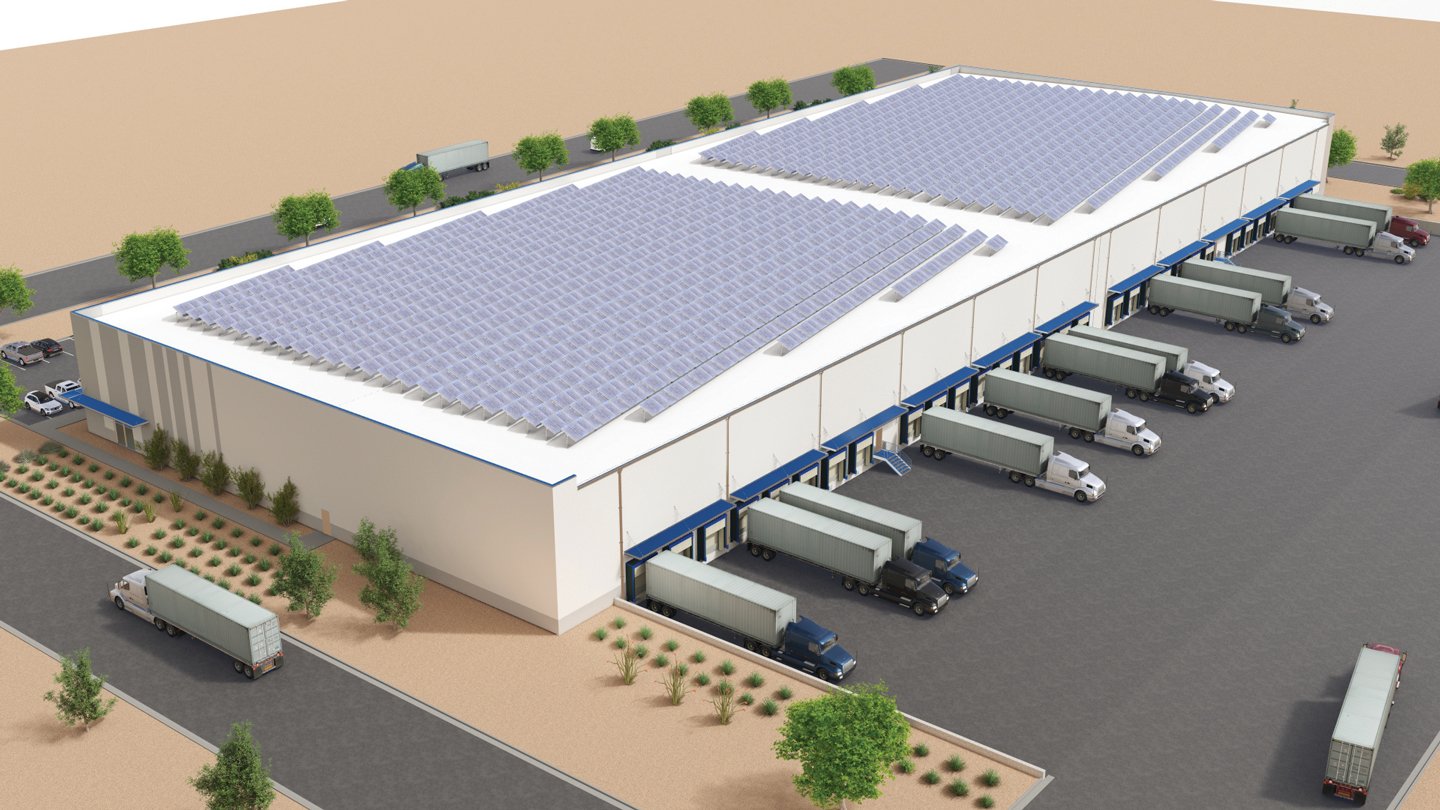
Tapping Renewables at the Right Time in the Decarbonization Process
Approaches start with basic maintenance and extend to tax credits.
The world is going through an energy transformation and redefining how energy supply and demand are managed. Renewable energy and decarbonization — the process of preventing or reducing carbon gases from being released into the atmosphere — are mainstays in conversations about sustainability.
Before investing in on-site renewable energy like solar panels, the first step should be to assess the current situation and how best to reduce energy consumption. Simply put, using less energy produces less carbon emissions. There is a considerable benefit to reducing energy use through efficiency improvements, both from a carbon- and cost-reduction standpoint, given that HVAC alone can account for 50% of total energy consumption in commercial spaces. Something as routine as maintaining equipment so it can operate at its best or using connected devices to automate performance management can have a positive impact. Looking at facility and equipment improvements alongside efficiency optimizations to help reduce carbon and energy needs will minimize the overall amount of clean energy needed to support the building into the future.
Facilities and Equipment
The second step is to minimize on-site emissions from fossil fuels and refrigerants. To do this, first consider electrifying equipment by switching power sources from on-site fossil fuels to electricity. As the electric power grid transitions to renewable energy sources, electrifying equipment effectively reduces overall emissions. Additionally, if on-site renewable power generation is part of an overall strategy, electrification will help maximize the use of renewable assets. As more facilities look to implement electrified equipment, the growing number of state, local and utility-driven incentive programs can help to make the transition more affordable and accelerate the progress toward decarbonization goals.
Another way to minimize on-site emissions is to mitigate fugitive refrigerant emissions by transitioning to low-GWP (global warming potential) refrigerants in HVAC equipment and adding on-site management to minimize the effects of leaks. Refrigerants can be thousands of times more potent from a global warming perspective than carbon dioxide, making it important to minimize their impact on the environment. As an example, Project Drawdown estimates that if 100% of refrigerant leaks were prevented over the next 30 years, it would avoid emissions equivalent to 57.15 gigatons of carbon dioxide.
On-Site Generation
Once facility and equipment improvements take place and on-site emissions have been reduced, it is then time to look at on-site generation, potentially using renewables. Evaluating on-site generation and renewables after effectively minimizing energy use and on-site emissions allows a facility to rightsize the required clean energy generation to meet the facility’s needs while minimizing costs and balancing resiliency requirements. Developing the right distributed energy resources and incorporating renewables provide the ability to lower energy costs, deliver Scope 2 emissions reduction goals, and drive return on sustainability investments.
When considering renewables as part of an on-site generation strategy, think about use scenarios, current utility rates, local legislation and geography — all of which factor into the decision of whether it is the right time to pull the renewables lever. The specifics of a unique situation and goals such as tax benefits, resilience requirements and energy autonomy will also drive what types of renewables to use, from solar to biomass to geothermal.
The final step in the decarbonization process is addressing difficult-to-abate emissions. If certain emissions-producing operations cannot be decarbonized, consider carbon offsets, or design a virtual purchase power agreement into the overall carbon reduction strategy.
Remember that every decarbonization journey is unique. As you put together your decarbonization program, start by assessing overall goals, develop a holistic plan for decarbonizing, and then implement and measure. Taking time to plan will ensure the right levers are pulled at the right time.
Becky Wacker is energy services sales director at Trane Technologies.
|
New Mexico’s State Buildings Green Energy Project is the largest combined energy efficiency and renewables project ever undertaken by the state. The project leaned into building modernization and efficiency improvements to limit greenhouse gas emissions and tapped into clean, renewable power generation through multiple large-scale rooftop solar photovoltaic (PV) installations on government buildings — the largest solar PV system not owned by a utility in New Mexico. The program helped New Mexico conserve over a megawatt of energy usage while simultaneously setting the state up to produce more than 6 megawatt-hours of clean energy annually. The State Buildings Green Energy Project created green jobs, reduced operational costs by modernizing the facilities, and continues to save the state over $1.1 million in annual energy costs. For more information, see Development magazine, Fall 2023, “Developers Can Cash Out Tax Credits for Renewable Improvements." |
RELATED ARTICLES YOU MAY LIKE

Revitalization and Revenue: Office Conversions as a Way to Rebuild Cities
It’s not a panacea, but reuse can inject life into business districts.
Read More
Facility Managers Must Prepare for an All-Electric Future
Before that, many commercial buildings could benefit from hybrid electrification.
Read More
Developers Can Cash Out Tax Credits for Renewable Improvements
A major change to the tax code could greatly incentivize green construction in commercial real estate.
Read More



